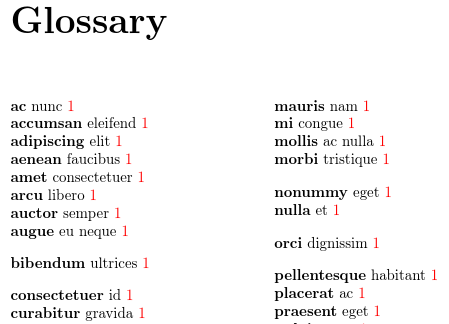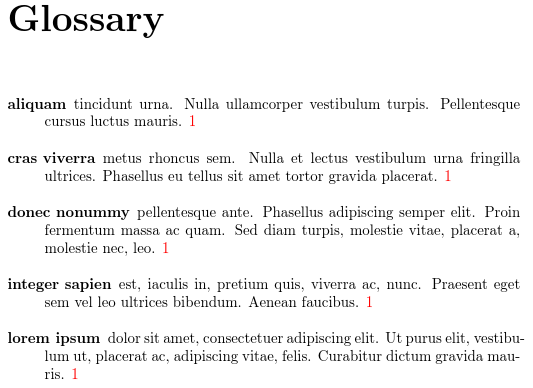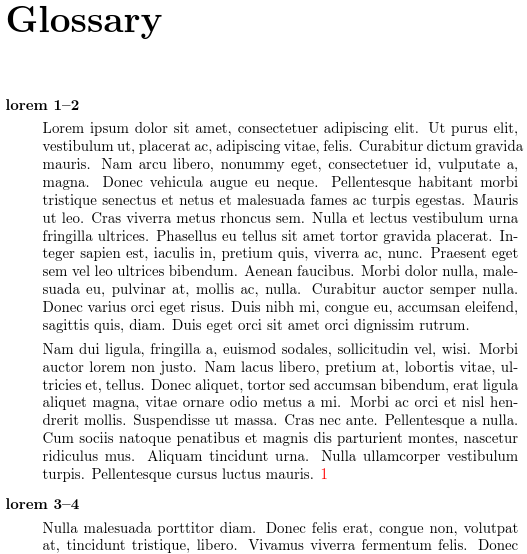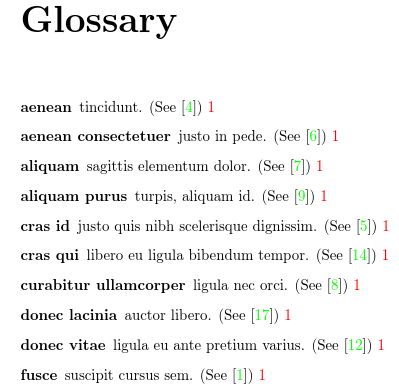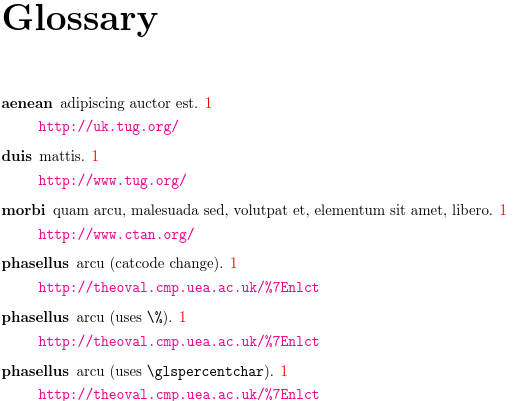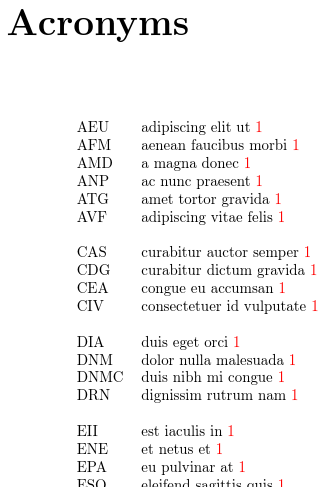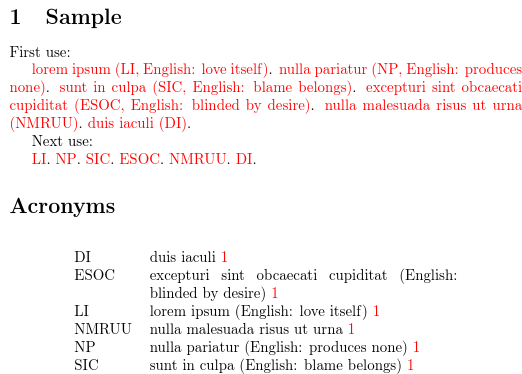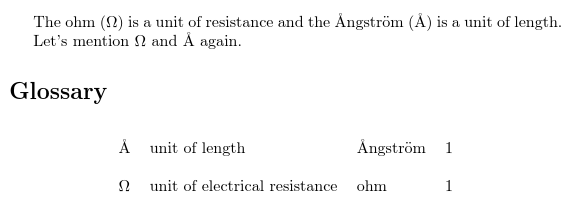Gallery
A selection of images or sample documents related to my books or packages or to code I have helped develop. For some great examples of images created using LaTeX, have a look at the TikZ and PGF gallery on texample.net, or for some examples of what can be done with TeX have a look at The TeX showcase.
The purpose of LaTeX-related sections of the gallery is to illustrate various styles that can be created with the particular package. If you want to know how to do something not illustrated here or you want to know how to adapt one of these examples, please post your query to an appropriate site such as TeX on StackExchange or The LaTeX Community Forum.
Click on the images below for details. If you would like to know whenever a new item is added to the gallery, you can subscribe to the news RSS feed or login and use the Account page to subscribe to news notifications for the “gallery” tag.
If you have a small screen, you may prefer to switch on the small image setting.
Search
File List
View alphabetical list of all .tex and .bib files used in the examples that are available for download.
glossaries
These are some sample documents that use the glossaries package. Most of these examples use dummy lorum ipsum text, one of them uses the sample image files provided by the mwe package, which is available on both MiKTeX and TeX Live, and one of them uses the sample bibliography file xampl.bib, which should be readily available in your TeX distribution. Make sure you have an up-to-date version of the glossaries package if you want to try any of these examples. For help with building the glossary see Incorporating makeglossaries or makeglossaries-lite or bib2gls into the document build.
All Predefined Styles
A list of all the styles provided by the glossaries package and the glossaries-extra extension package.
Brief Descriptions
An example glossary with brief descriptions (just one or two words long). A compact style works best for this type of list.
Long Descriptions
An example glossary with multi-sentence descriptions (but no paragraph breaks).
Multi-Paragraph Descriptions
An example glossary with multi-paragraph descriptions.
Symbols Glossary
An example glossary where the entries have a symbol in addition to the name and description.
Images in Glossary
An example glossary where the entries have an image in addition to the name and description.
Hierarchical Entries
An example glossary with hierarchical entries (sub-entries that have a different name to their parent). This approach could be used for lists of topics or categories with sub-topics or sub-categories.
Homograph Entries
An example glossary with homograph entries (where the sub-items have the same name as their parent entry). This approach could be used for a dictionary-style glossary where a term may have multiple meanings.
Citations in Glossary
An example glossary where the entries have a citation in addition to the name and description.
Cross-References
An example glossary where some entries cross-reference other entries. See also the bib2gls cross-referencing example.
URLs in Glossary
An example glossary where the entries have a URL in addition to the name and description.
Acronyms (No Descriptions)
An example list of abbreviations with no description. (The long form is assumed to be a description of the short form.)
Acronyms (With Descriptions)
An example list of abbreviations with a description. (The name field is formed from a combination of the short and long forms.)
Acronyms (With Translations)
An example list of abbreviations accompanied by translations. See also the glossaries-extra version of this example.
Mixed Glossary
An example document with a single glossary that contains a mixture of regular terms and abbreviations.
Mixed Glossary with Emphasis
An example document with a single glossary that contains a mixture of regular terms and abbreviations, where the entries are emphasized on first use (but not the short form).
Units (glossaries.sty)
This example is a modification of the Units (glossaries-extra.sty) example. The symbolic representation is in the name field and the symbol name is now in the symbol field. The first field is used to alter the first use representation.
glossaries-extra
The glossaries-extra package is an extension to the glossaries package. It provides better abbreviation handling and extra features, as demonstrated by these examples. For help with building the glossary see Incorporating makeglossaries or makeglossaries-lite or bib2gls into the document build.
bib2gls
With the base glossaries package you can sort and collate using makeindex or xindy or using TeX. (See the glossaries performance page for a comparison.)
The glossaries-extra package additionally provides a way of simply listing all defined entries in the order of definition without the need for an external tool, but it also provides another sorting and collation method and that’s with bib2gls. Some of the examples below can be found in bib2gls’s examples directory and are described in more detail in the “Examples” chapter of the bib2gls user manual. For help with building the glossary see Incorporating makeglossaries or makeglossaries-lite or bib2gls into the document build.
Performance
arara
Paulo Cereda’s cool automation tool arara has been upgraded to version 4.0 and with it comes some new localisation! Here are some screenshots. (That’s Broad Norfolk, in case you’re confused.)
Book Launch Photos
Photos from book launches.


